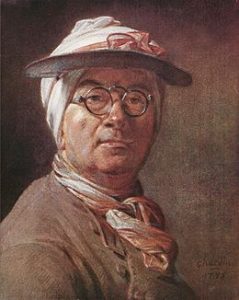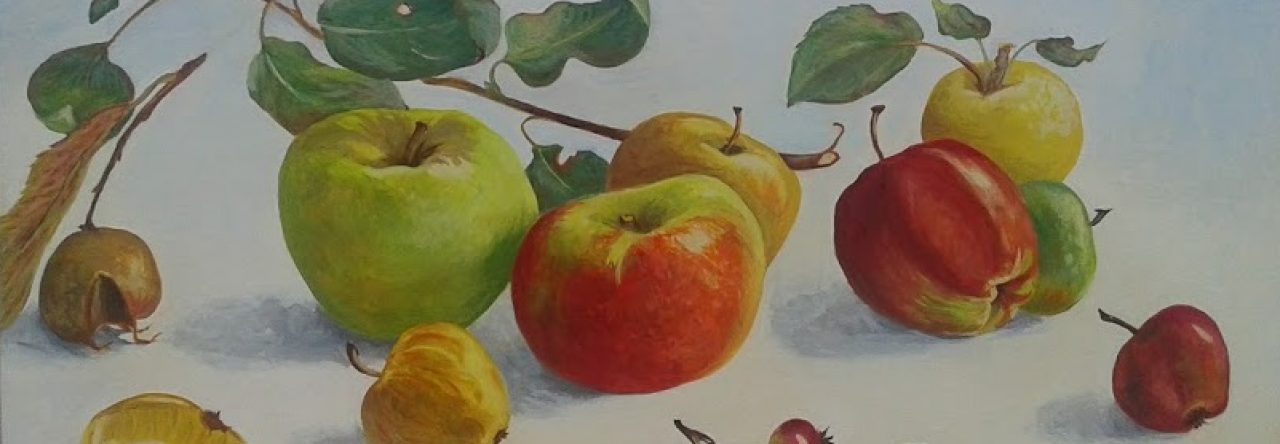
Jean Baptiste Siméon Chardin (November 2, 1699 – December 6, 1779) is considered as one of the greatest French and European painters of the eighteenth century. He is best known for his still lifes, his genre paintings and his pastels.His father is a craftsman, manufacturer of billiards. On February 6, 1724, Chardin is received at the Académie de Saint-Luc with the title of master. He gives up this title in 1729.
Chardin becomes an academic painter “in the talent of animals and fruits”, that is to say, at the lower level of the hierarchy of recognized genres.
The artist paints very slowly, keeping on harping about his work, which is hardly consistent with the representation of living animals. It is also likely that Chardin feared that his works would be compared to those of the two masters of the time “in the talent of animals”: Alexandre-François Desportes (1661-1743) and Jean-Baptiste Oudry (1661-1755). The latter had preceded Chardin at the Academy of Saint-Luc in 1708 and at the Royal Academy in 1717.
Jean-Baptiste Chardin, then adviser and treasurer of the Royal Academy of Painting and Sculpture, dies on 6 December 1779 in Paris at the Palais du Louvre.

Leave a Reply